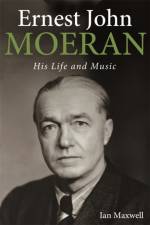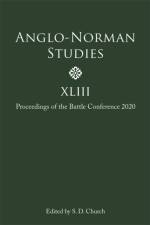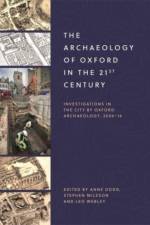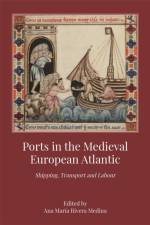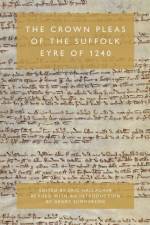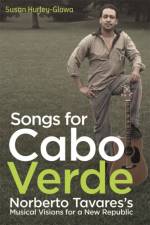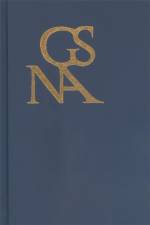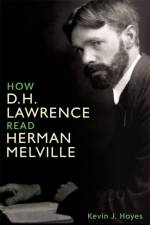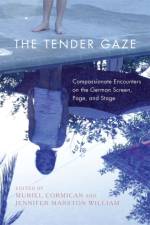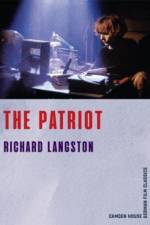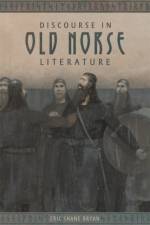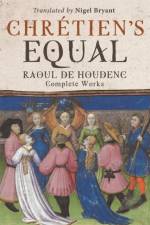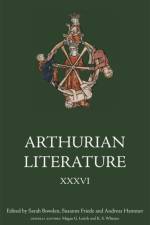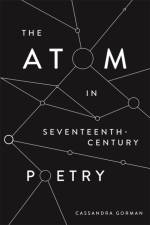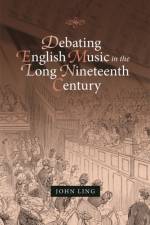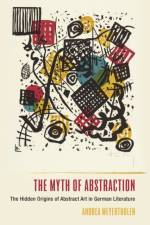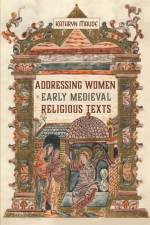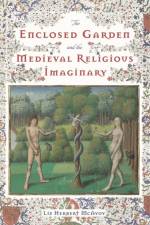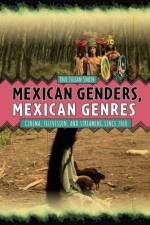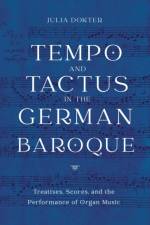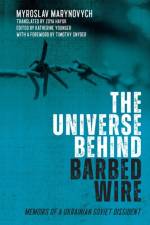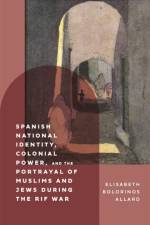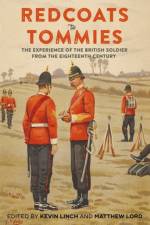av Kevin Linch
1 771
An examination of the lifecycle of soldiers, including enlistment, experiences of military life, the soldier's place in society and in politics, and military identity, memory and representation.This book surveys and examines the history of Britain's soldiers from the eighteenth to the twentieth century. It focuses on the lifecycle of a soldier, including enlistment and experience, and on identity, representations and place in society. It covers the diverse military forces of the British crown - the regular army, home defence forces, part-time soldiers, auxiliaries, officers, non-commissioned officers and rank and file - across times of conflictand peace and their wider relationship to families, communities, government and society. Additionally, it considers both British troops, and, recognising Britain's soldiers as a transnational phenomenon, forces raised outside ofBritain and Ireland. By assessing the evolution of Britain's soldiers across three centuries, the book highlights continuity and change and gauges how far the basic fundamentals, principles and priorities of army life have endured or been transformed during the existence of a continual standing army. The book includes up-to-date research from a new generation of early-career researchers and reflections from established scholars.CONTRIBUTORS: Ian Beckett, Timothy Bowman, Gavin Daly, Peter Doyle, Edward Gosling, George Hay, Kevin Linch, Matthew Lord, Eleanor O'Keeffe, Adam Prime, Michael Reeve, Jacqueline Reiter, Robert Tildesley, and Christina Welsch.

